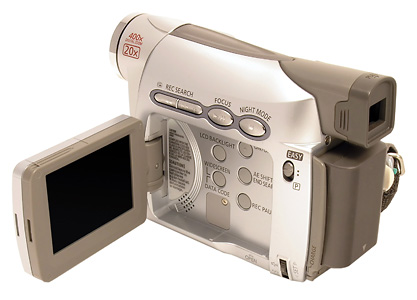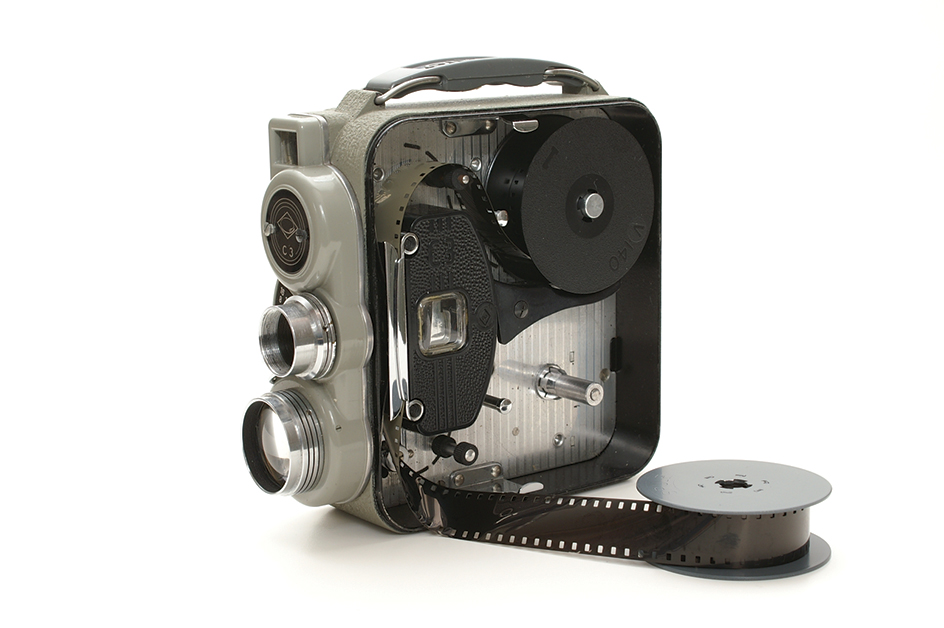Camcorder is a portable, battery-powered video camera with a built-in recording mechanism. Camcorders also usually include microphones for recording sound. The recorded images and sounds are typically stored as digital files. A digital file holds the images and sounds in the form of a numeric code. This code can be read and processed by computers (see Digital technology ). Older camcorders recorded videos on videotapes, DVD’s, or other storage media. A movie shot using a camcorder can be viewed immediately, usually on the device itself. By the 2010’s, many mobile phones and portable media players could also capture sound and video. Such multifunctional devices replaced traditional camcorders in many everyday uses.
How a camcorder works.
In some camcorders, a user looks through the eyepiece of a tubelike structure called a viewfinder. The viewfinder shows a miniature television screen with a magnifying lens. The screen displays the images to be recorded. Other camcorders display images on a somewhat larger screen instead of—or in addition to—the viewfinder.

The user can typically adjust how large or how close objects appear on the screen with a zoom lens. The zoom lens focuses light from the scene onto a light-sensitive component called a charge-coupled device or CCD (see Charge-coupled device ). The CCD, along with a special optical filter, separates the light into colors and produces electrical signals that represent the image. A microphone picks up sound from the scene. Circuits convert the sound into electronic audio signals.
Electronic components convert the video and audio signals to a digital file. The file can then be transferred to a computer and viewed on a larger screen. People can also use computer programs to edit the video and add special effects.
Video files, especially those recorded in high definition, take up a relatively large amount of digital storage capacity. Some camcorders have built-in storage for videos and can connect directly to computers. Other camcorders store videos on removable memory cards.
The development of camcorders
resulted from a gradual miniaturization of videotape equipment. Beginning in the 1950’s, television studios used large videotape recorders with video cameras to tape TV shows. Manufacturers gradually developed smaller electronic circuits and mechanical parts for videotape recorders. By the early 1980’s, the videotape recorder had become small enough to be combined with a video camera in a single device—the camcorder. The Eastman Kodak Company of the United States introduced the first 8-millimeter camcorder in 1984. The term 8-millimeter refers to the width of the recording tape.

Manufacturers introduced the first digital camcorders for home use in 1995. The size of digital storage devices and video cameras continued to shrink dramatically. This trend enables camcorder technology to fit into ever smaller devices.
See also Portable media player ; Videotape recorder .
